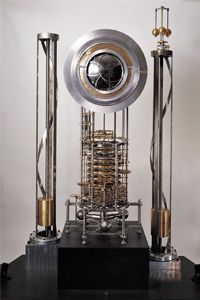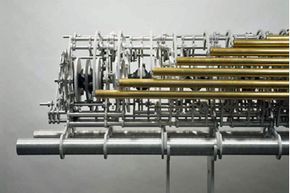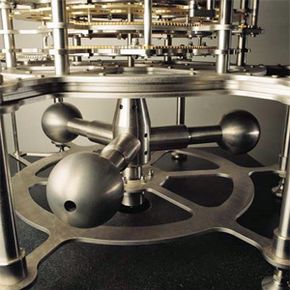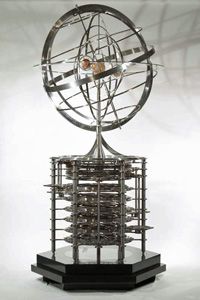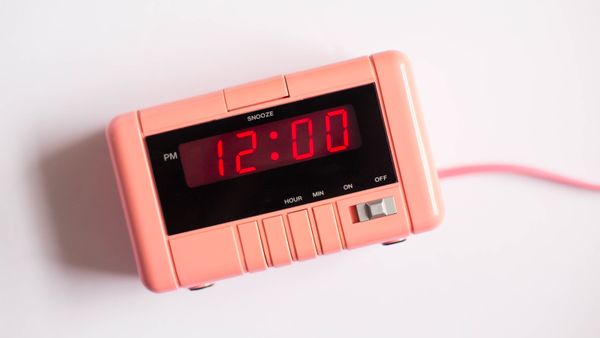As the new millennium approached, people around the world anticipated problems with computer systems crashing. Rather than writing software that used four-digit year codes, early computer programmers were limited to using two numbers to keep program file sizes small. However, many wondered if the world's computer infrastructure would crash due to the so-called Y2K problem. Left uncorrected, at midnight on Jan. 1, 2000, the practice would have caused many computers to believe the date was actually Jan. 1, 1900. As a result, the days preceding the turn of the century were tense as people waited to see what would happen. Organizations spent millions of dollars correcting the problem and Y2K came and went without serious problems.
If Y2K showed us anything, it exposed how short-sighted the human race can be sometimes. But not everyone was refusing to look ahead. As far back as the 1970s, a computer scientist named Danny Hillis had wondered what lay ahead after 1999. In 01996 (that's not a typo, as you'll see in a minute), he had a bold idea. Hillis, a methodical forward thinker, came up with the idea to create a clock that would transcend generations. His idea? Design a clock that keeps time for the next 10,000 years. For example, this article was published in the year 2009, but by Hillis's new clock, it would be the year 02009. But beyond adding another digit to our date, the clock would mean so much more.
Advertisement
The Clock of the Long Now, as it's officially dubbed, is meant to be an artifact capable of connecting our generation with generations to come. Nobody can predict with any accuracy what the world will look like in 10,000 years. Because there are so many variables, Hillis and his team had to take into consideration conditions in society the present human race doesn't deal with. This article explains the thought process behind designing and building a functional prototype and breaks down the inner workings of a clock that has to transcend time -- literally. We'll start by learning about the fundamentals of the Long Now Foundation and the reasons behind even considering such a clock in the next section. Take your time. As you'll find out, there's no need to hurry.
